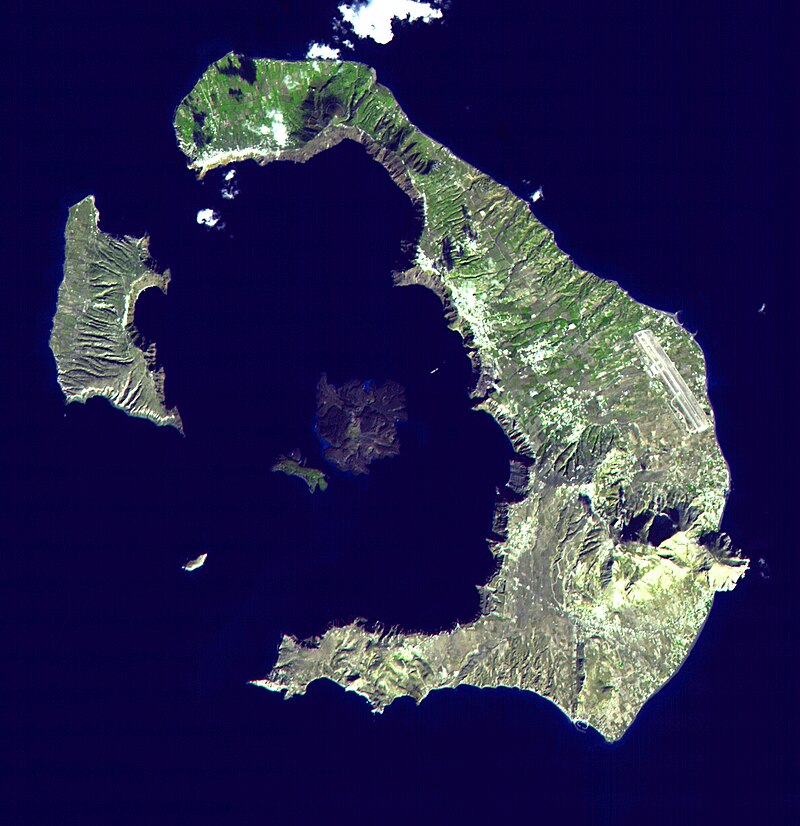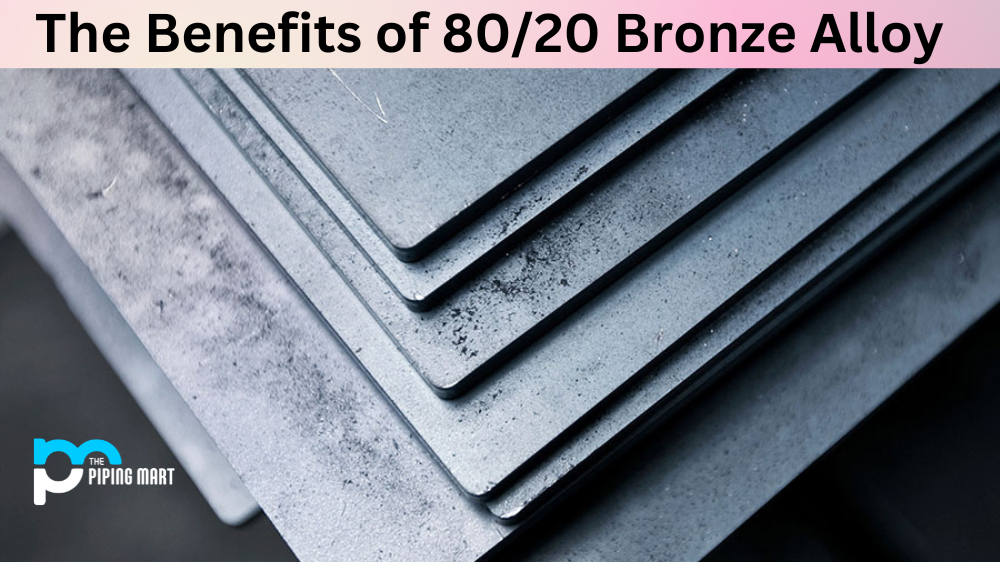Dutch Uncle
* Tertia Optio * Defend the Constitution
Long and interesting story short, the mysterious metal of red-tinged, yellowish-gold colored metal Plato called orichalcum was a mixture of " 80 per cent copper and 20 per cent zinc, with small amounts of lead and other metals mixed in."
"Its value was based on its malleability, resistance to tarnishing, durability (it was stronger than copper) and resemblance to gold."
The shipwreck was dated to around 570 BC.
"Its value was based on its malleability, resistance to tarnishing, durability (it was stronger than copper) and resemblance to gold."
The shipwreck was dated to around 570 BC.
Scientists discover metal from the 'lost city of Atlantis'
Last edited:



